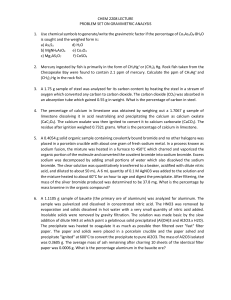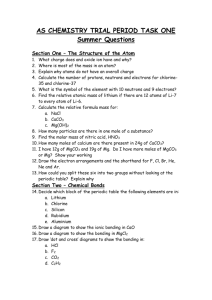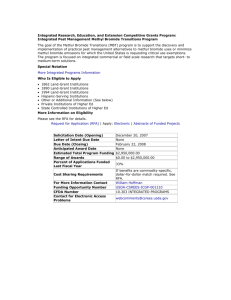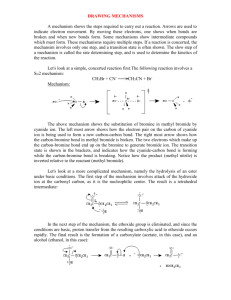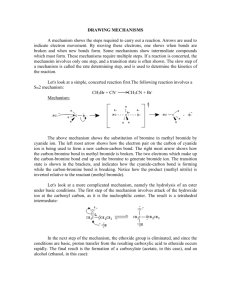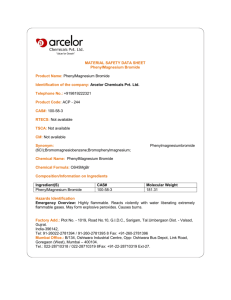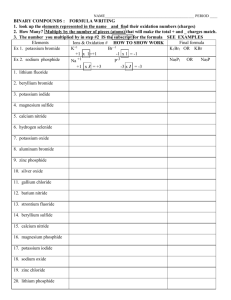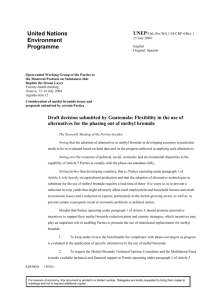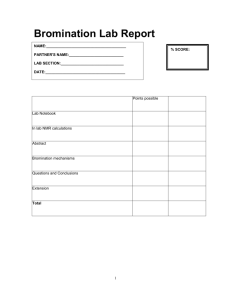Hydrolysis of Calcium Bromide: Immobilization of the Reactant on a
advertisement
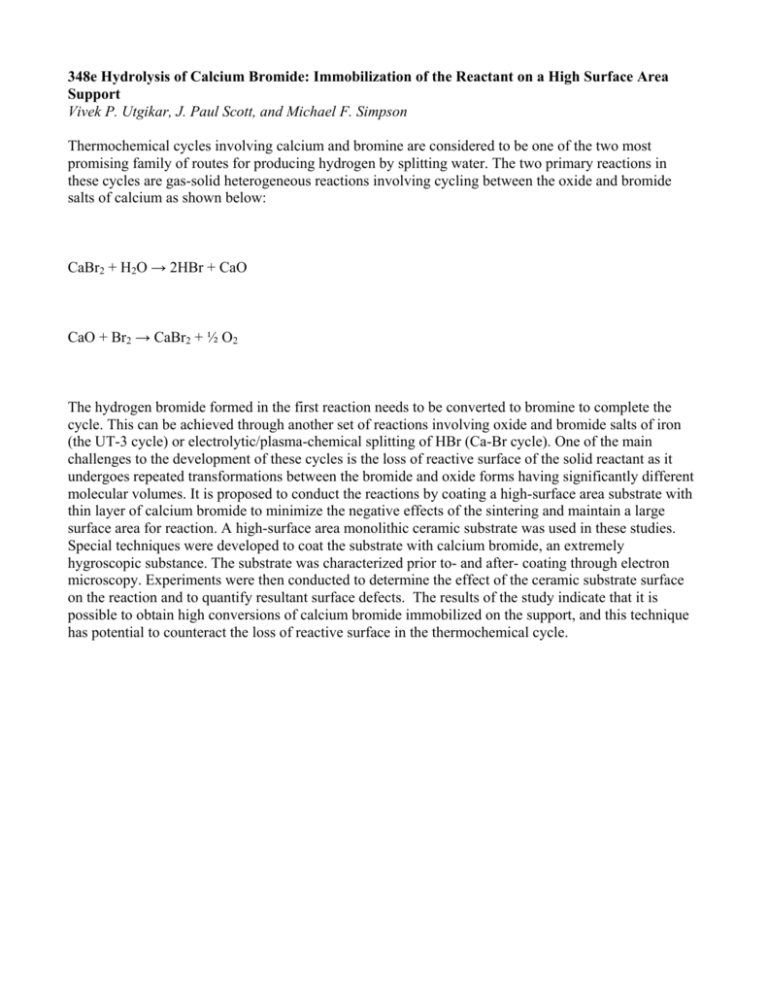
348e Hydrolysis of Calcium Bromide: Immobilization of the Reactant on a High Surface Area Support Vivek P. Utgikar, J. Paul Scott, and Michael F. Simpson Thermochemical cycles involving calcium and bromine are considered to be one of the two most promising family of routes for producing hydrogen by splitting water. The two primary reactions in these cycles are gas-solid heterogeneous reactions involving cycling between the oxide and bromide salts of calcium as shown below: CaBr2 + H2O → 2HBr + CaO CaO + Br2 → CaBr2 + ½ O2 The hydrogen bromide formed in the first reaction needs to be converted to bromine to complete the cycle. This can be achieved through another set of reactions involving oxide and bromide salts of iron (the UT-3 cycle) or electrolytic/plasma-chemical splitting of HBr (Ca-Br cycle). One of the main challenges to the development of these cycles is the loss of reactive surface of the solid reactant as it undergoes repeated transformations between the bromide and oxide forms having significantly different molecular volumes. It is proposed to conduct the reactions by coating a high-surface area substrate with thin layer of calcium bromide to minimize the negative effects of the sintering and maintain a large surface area for reaction. A high-surface area monolithic ceramic substrate was used in these studies. Special techniques were developed to coat the substrate with calcium bromide, an extremely hygroscopic substance. The substrate was characterized prior to- and after- coating through electron microscopy. Experiments were then conducted to determine the effect of the ceramic substrate surface on the reaction and to quantify resultant surface defects. The results of the study indicate that it is possible to obtain high conversions of calcium bromide immobilized on the support, and this technique has potential to counteract the loss of reactive surface in the thermochemical cycle.
